Rules for schools: lift student performance or lose funding
Student wellbeing and academic targets will be included in the next school funding agreement, after a report revealed 90,000 students are failing basic maths and literacy tests.
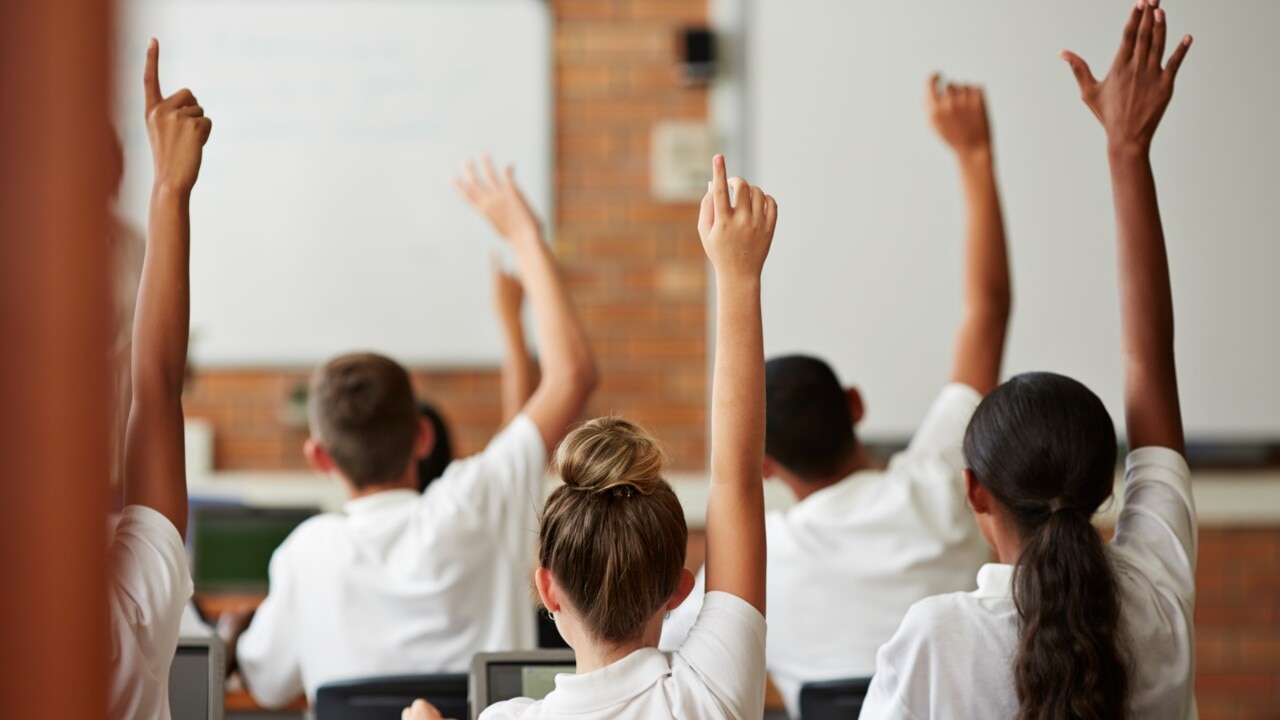
Schools will have to hit tough new academic and student wellbeing targets to pocket federal funding worth $26bn a year, after an alarming new report found that 90,000 Australian children are flunking baseline literacy and numeracy tests.
Taxpayer spending on schools will be targeted to small-group remedial tuition, better teacher training, and more practical and professional support for disadvantaged and disengaged students.
A generational brain drain is exposed in a new Productivity Commission report that reveals children whose parents dropped out of high school are falling five years behind their classmates in high school, and are still reading at primary school level by the time they reach year 9.
Almost one in 10 Aboriginal and Torres Strait Islander students speaks English as a second language, exacerbating rising truancy and dropout rates.
And too many schools are punishing traumatised or disabled students, instead of providing the supports they need to succeed.
Federal Education Minister Jason Clare said the “damning’’ findings show the failure of a $319bn five-year National School Reform Agreement, which was brokered by the former Coalition government with states and territories and is due to end next year.
He said it had failed to improve outcomes for students from poor families, First Nations children, students living in regional areas and the 7 per cent of students who fail English and maths at the most basic level.
“Serious reform is required,’’ Mr Clare said, adding: “I don’t want us to be a country where your chances in life depend on who your parents are, where you live, or the colour of your skin.
“The implementation of this agreement over the past four years has been slow and has had little impact. In future, funding needs to be tied to reforms that will make a real, practical difference.’’
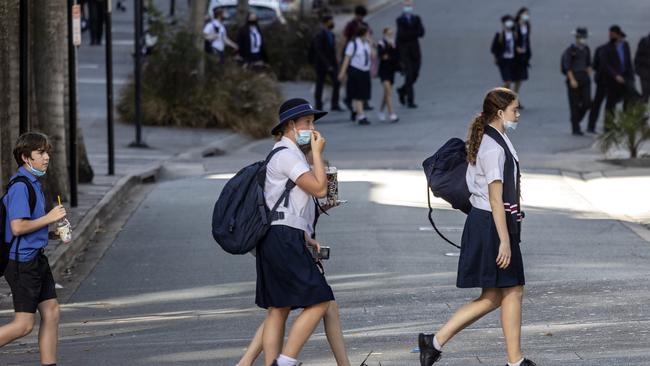
Mr Clare has yet to announce the members of an expert panel to draft the next reform agreement, and its terms of reference. However, he embraced the PC’s focus on the “most needed’’ areas of reform, including “clear and measurable targets for academic achievement’’, as well as a focus on student wellbeing, and specific targets to reduce the number of students failing minimum standards for reading, writing and maths.
The PC report recommends small-group tuition and better teacher training be incorporated in the next agreement.
“Each year, 90,000 students do not meet minimum standards for reading or numeracy in NAPLAN (the National Assessment Program for Literacy and Numeracy), commissioner Natalie Siegel-Brown said.
“Aboriginal and Torres Strait Islander students, students in outer regional and remote Australia, and students of parents with low educational attainment are three times more likely to fall behind than other students.
“The commission recommends each state and territory should set a target to reduce the share of students who are falling behind.’’
The PC wants governments to focus on student wellbeing, with more support for teachers to identify and help troubled students, and pathways for students to get help outside school.
Its report calls on education and health departments to work together to improve children’s mental health. “Poor wellbeing directly affects students’ capacity to learn,’’ it states. “While wellbeing is influenced by many factors outside the school gate, poor wellbeing can be exacerbated by responses by schools.
“There is a marked drop-off in attendance levels beginning in year 8.’’
The PC recommends that “clear targets and timelines’’ be set for key academic benchmarks at regular stages in a student’s education.
“The community should expect to see an improvement in student outcomes over the course of the next five years,’’ its 350-page report states.
“Funding will remain at all-time highs, current initiatives will have had time to mature, and a new generation of reforms will be under way.’’
A new PC analysis of NAPLAN data shows that Aboriginal and Torres Strait Islander students were 1.3 years behind their non-Indigenous classmates in year 3 reading, in 2013. By the time they reached year 9, in 2021, the students had fallen 3.4 years behind the rest of the class.
And year 3 students whose parents had dropped out of high school were nearly two years behind classmates whose parents had a university degree. By year 9, the gap widened to nearly five years, leaving them reading at the level of a child in year 4.
In outer regional and remote schools, year 9 students trailed city-based students by 1.9 years in reading, and 1.6 years in maths.
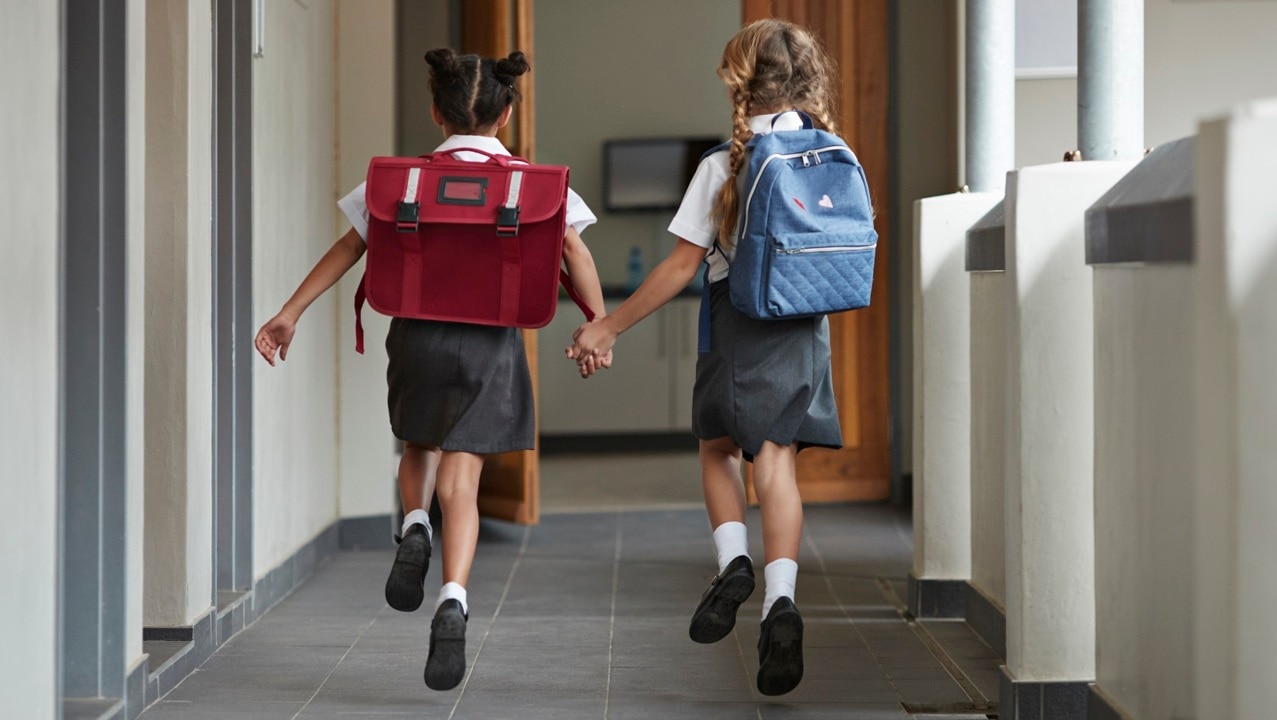
The PC found that education systems had failed to meet their “incomplete and vague’’ targets under the existing school reform agreement, which has been extended to 2024.
One of the targets had been to lower the proportion of students in the bottom two bands in NAPLAN for reading, between 2018 and 2022. However, the PC discovered a rise in failure rates among year 3 and year 9 students in reading, as well as students in years 3, 5, 7 and 9 in both numeracy and reading.
The PC report calls for better teacher training and support, calculating that high-quality teaching can boost a child’s lifetime earnings by $455,000, compared to average teaching.
Its analysis found that for each year a student is taught by an above-average teacher, the student will earn an extra $35,000, on average, over a lifetime.
A child who is taught by an above-average teacher for all 13 years of schooling stands to earn $455,000 more, over a lifetime, than a child taught by average teachers.
Ms Siegel-Brown said effective teaching was the most important factor in student success.
“Compared to many countries, our teachers work longer hours but have less time for activities that make a real difference in the classroom,’’ she said.
“Teacher shortages also mean we are asking many teachers to teach subjects they are not trained to teach.’’
The PC report calls on governments to halve the training time for “career-change’’ professionals with a university degree, such as accountants and lawyers, to retrain as teachers.
It wants to ditch the requirement for a two-year Master’s degree and revert to the previous one-year diploma.
The extra year of study was costing would-be teachers $70,000 in lost income and an extra $4000 in tuition fees.
“Governments should streamline pathways into teaching and lower the switching costs for mid-year professionals,’’ the report states. “This should include implementing a one-year qualification for secondary teaching in high demand.’’
The PC also calls for a “national curriculum bank’’ of lesson plans and assignments to save teachers three hours a week preparing for lessons – an initiative already endorsed by the nation’s education ministers after they discovered many teachers were seeking and swapping classroom materials on social media.
It recommends that specialist teachers in the STEM subjects of science, technology, engineering and maths be used to deliver online lessons to students in remote areas who do not have qualified teachers.
Queensland Education Minister Grace Grace said that “plateauing student performance” was a national problem.
Next week, she will release a new Equity and Excellence strategy to focus on learning outcomes for English and maths.
“We already have a $100m wellbeing package which is continuing to place GPs, psychologists, and wellbeing professionals in schools to support students and relieve pressure on teachers,’’ she said.


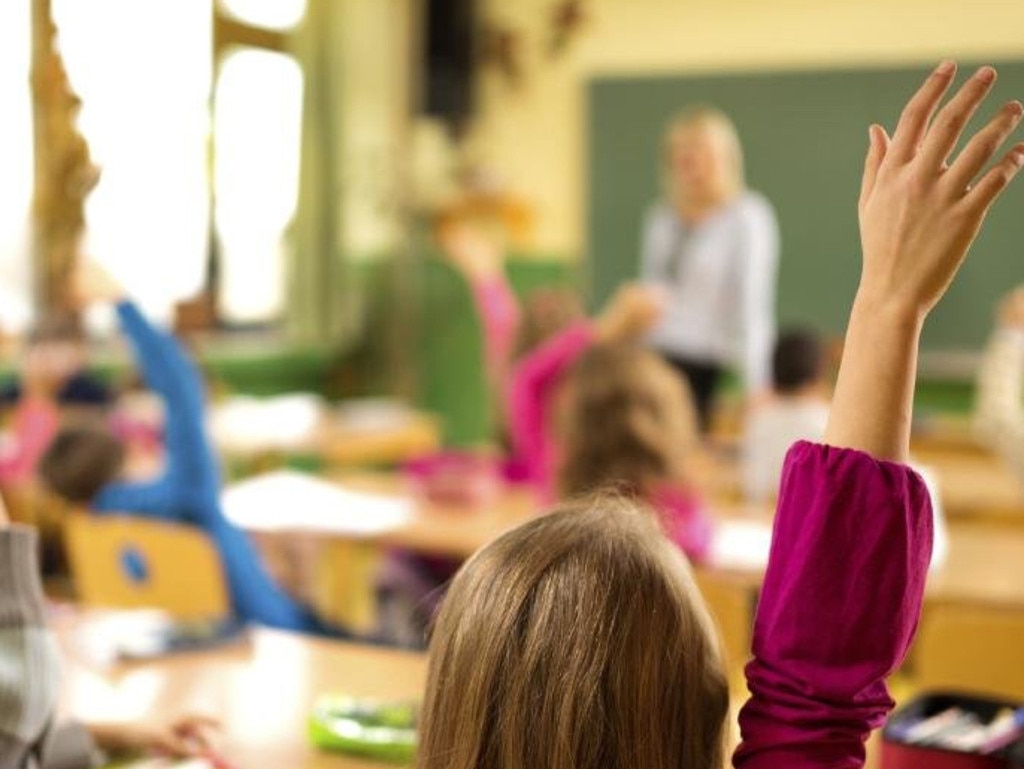
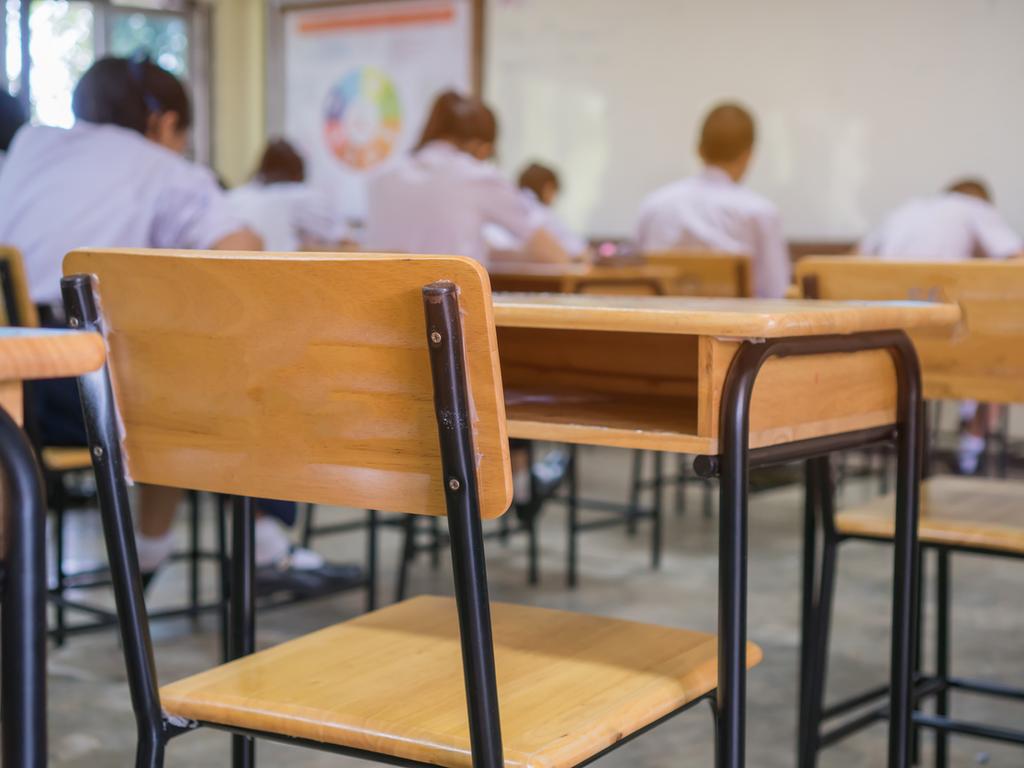
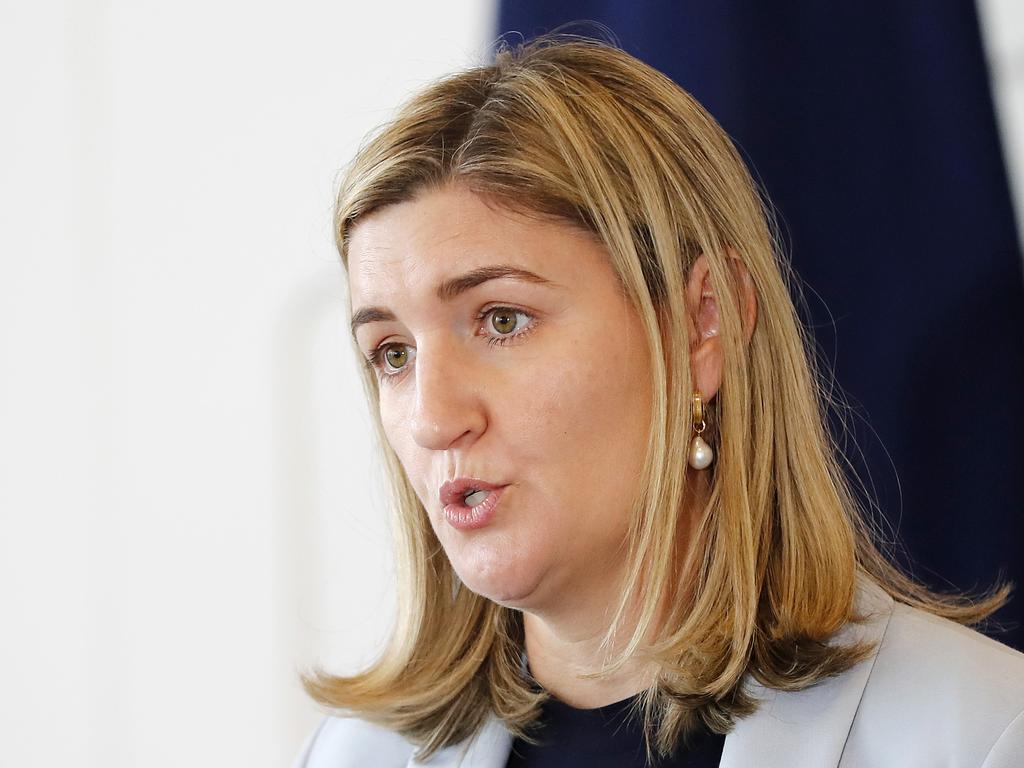
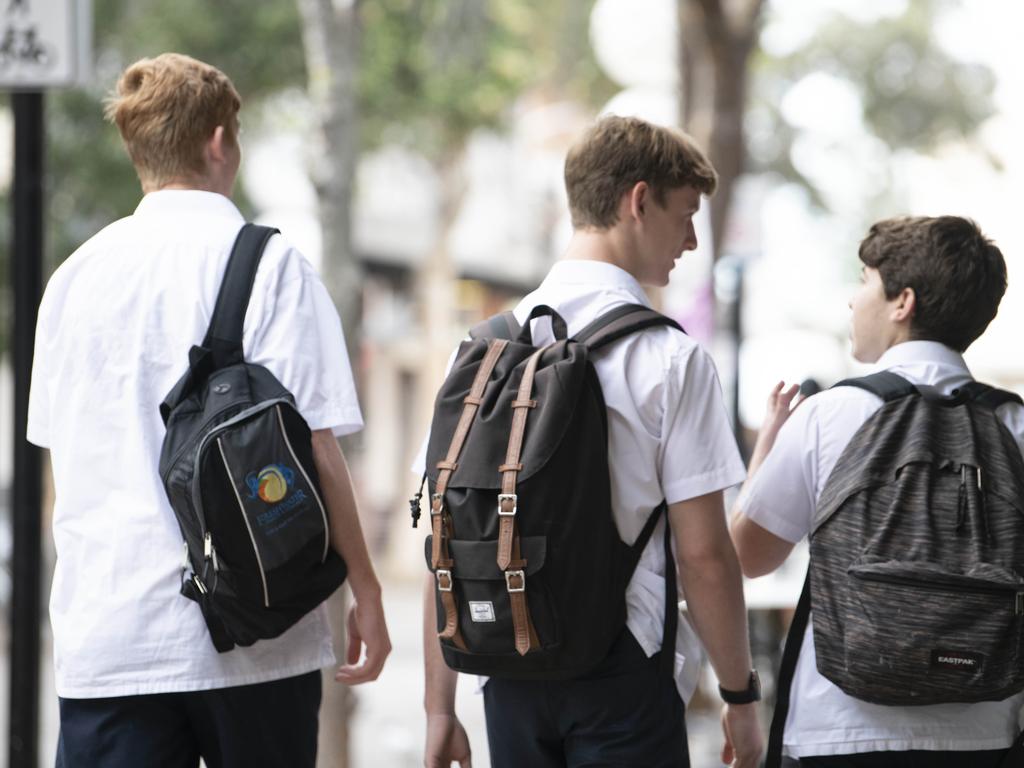


To join the conversation, please log in. Don't have an account? Register
Join the conversation, you are commenting as Logout